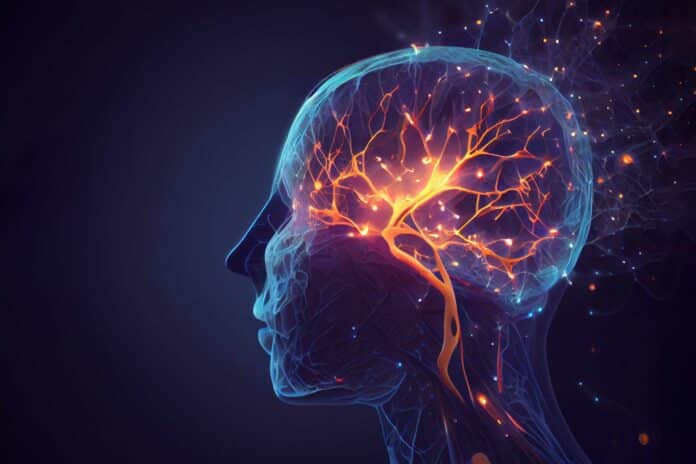The human brain is formed by integrating specialized neuronal and glial types that are precisely wired into networks. Understanding how the human neural networks operate is essential to probing the health and disease of our brain. Probing how human neural networks operate is needed by the need for more reliable human neural tissues amenable to the dynamic functional assessment of neural circuits.
A group of researchers from the University of Wisconsin–Madison has achieved a groundbreaking feat by creating the first 3D-printed brain tissue capable of growth and functioning similar to typical brain tissue. This development holds significant promise for scientists studying the brain and those working on treatments for various neurological and neurodevelopmental disorders, including conditions like Alzheimer’s and Parkinson’s diseases.
Su-Chun Zhang, professor of neuroscience and neurology at UW–Madison’s Waisman Center, said, “This could be a hugely powerful model to help us understand how brain cells and parts of the brain communicate in humans. It could change how we look at stem cell biology, neuroscience, and the pathogenesis of many neurological and psychiatric disorders.”
Unlike the conventional vertical layering approach in 3D printing, the researchers adopted a horizontal method. They placed brain cells, specifically neurons derived from induced pluripotent stem cells, within a softer “bio-ink” gel than previous attempts.
This gel maintains enough structure to keep the tissue together while being soft enough to enable the neurons to grow into one another and establish connections. The cells are arranged side by side, like pencils laid next to each other on a tabletop.
Yuanwei Yan, a scientist in Zhang’s lab said, “Our tissue stays relatively thin and this makes it easy for the neurons to get enough oxygen and enough nutrients from the growth media.”
The research outcomes are remarkable—the cells in the 3D-printed brain tissue can effectively communicate with each other. The printed cells extend through the surrounding medium, creating connections within each printed layer and across different layers. This results in networks that resemble those found in human brains. The neurons communicate and send signals, interact through neurotransmitters, and establish intricate networks, including connections with support cells that were incorporated into the printed tissue.
“We printed the cerebral cortex and the striatum, and what we found was quite striking,” Zhang says. “Even when we printed different cells belonging to different parts of the brain, they were still able to talk to each other in a very special and specific way.”
“Our lab is very special in that we are able to produce pretty much any type of neurons at any time. Then we can piece them together at almost any time and in whatever way we like,” Zhang says. “Because we can print the tissue by design, we can have a defined system to look at how our human brain network operates. We can look very specifically at how the nerve cells talk to each other under certain conditions because we can print exactly what we want.”
The precision achieved in the 3D-printed brain tissue offers a high degree of flexibility for various applications. It could be utilized to investigate cell signaling in conditions like Down syndrome, interactions between healthy tissue and adjacent tissue affected by Alzheimer’s, screening potential new drug candidates, or even observing the natural growth of the brain.
An essential aspect of this breakthrough is its accessibility to many laboratories. Unlike some bio-printing methods, this technique doesn’t demand specialized equipment or complex tissue-culturing procedures to maintain tissue health. It can be thoroughly studied using common tools such as microscopes, standard imaging techniques, and electrodes already prevalent in the field.
While the current achievement is notable, the researchers aim to delve deeper into the possibilities of specialization. They plan to enhance their bio-ink and refine their equipment to allow for specific orientations of cells within the printed tissue, opening up new avenues for more targeted and detailed studies.
Journal Reference:
- Yuanwei Yan, Xueyan Li, et al. 3D bioprinting of human neural tissues with functional connectivity. Cell Stem Cell. DOI: 10.1016/j.stem.2023.12.009
